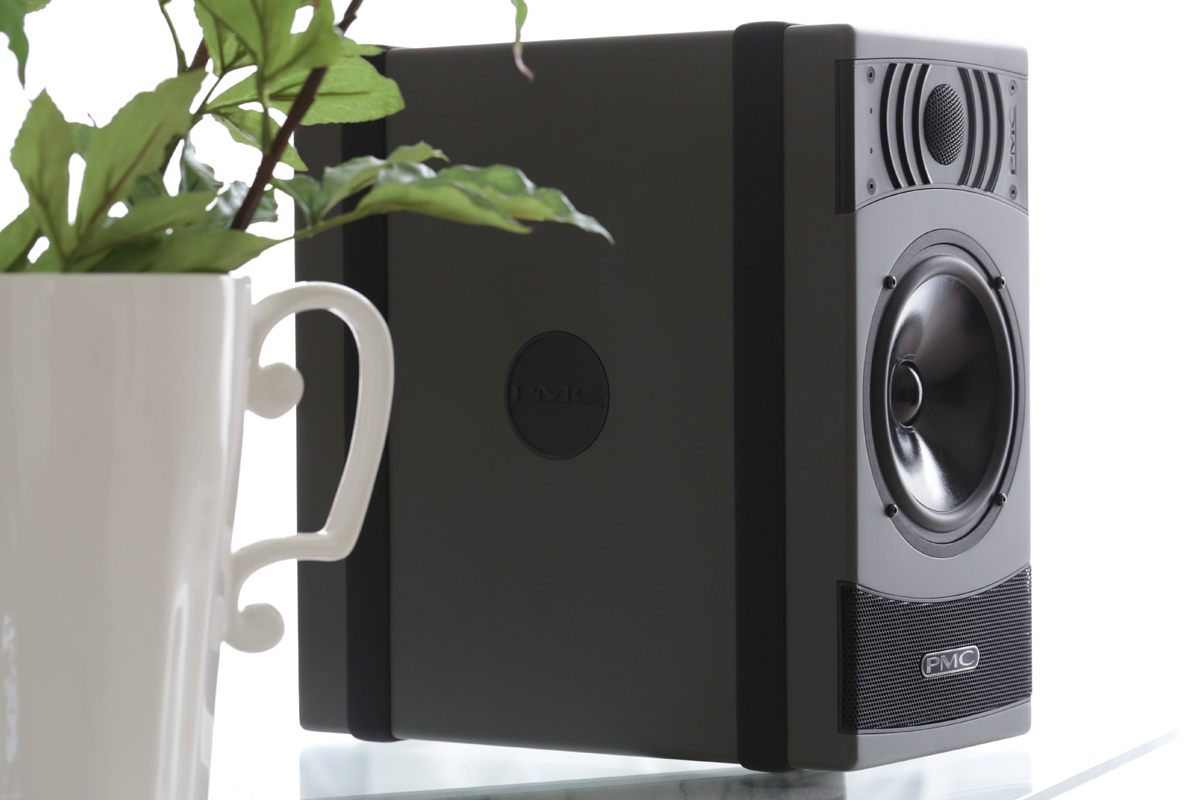
- Written by: Gordon Brockhouse
As regular visitors to this site surely know by now, I’m a big proponent of active loudspeakers. My reference system is built around a pair of Dynaudio Focus 200 XDs, which have dedicated 150W class-D amps for their 1” tweeters and 6.5” woofers. This choice was driven by domestic considerations -- it would be almost impossible to fit a system of audio separates into the living room of the century-old row house I share with my much better half.
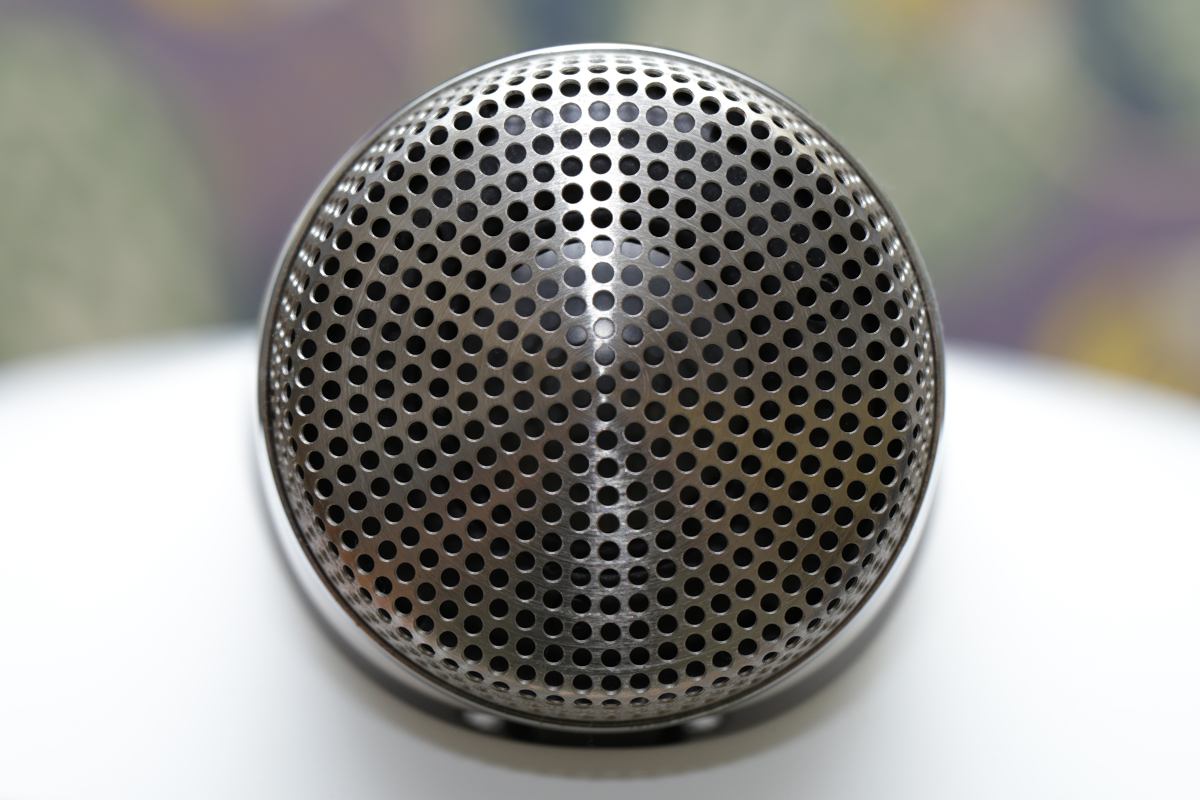
- Written by: Gordon Brockhouse
 It was a deal that left many audiophiles scratching their heads. In May 2016, the venerable British loudspeaker manufacturer Bowers & Wilkins was sold to California-based EVA Automation Inc. If few people had ever heard of EVA Automation, that’s not surprising -- the Silicon Valley startup had been founded only two years before, and had never released a product.
It was a deal that left many audiophiles scratching their heads. In May 2016, the venerable British loudspeaker manufacturer Bowers & Wilkins was sold to California-based EVA Automation Inc. If few people had ever heard of EVA Automation, that’s not surprising -- the Silicon Valley startup had been founded only two years before, and had never released a product.
Read more: Bowers & Wilkins Formation Duo Active Loudspeakers
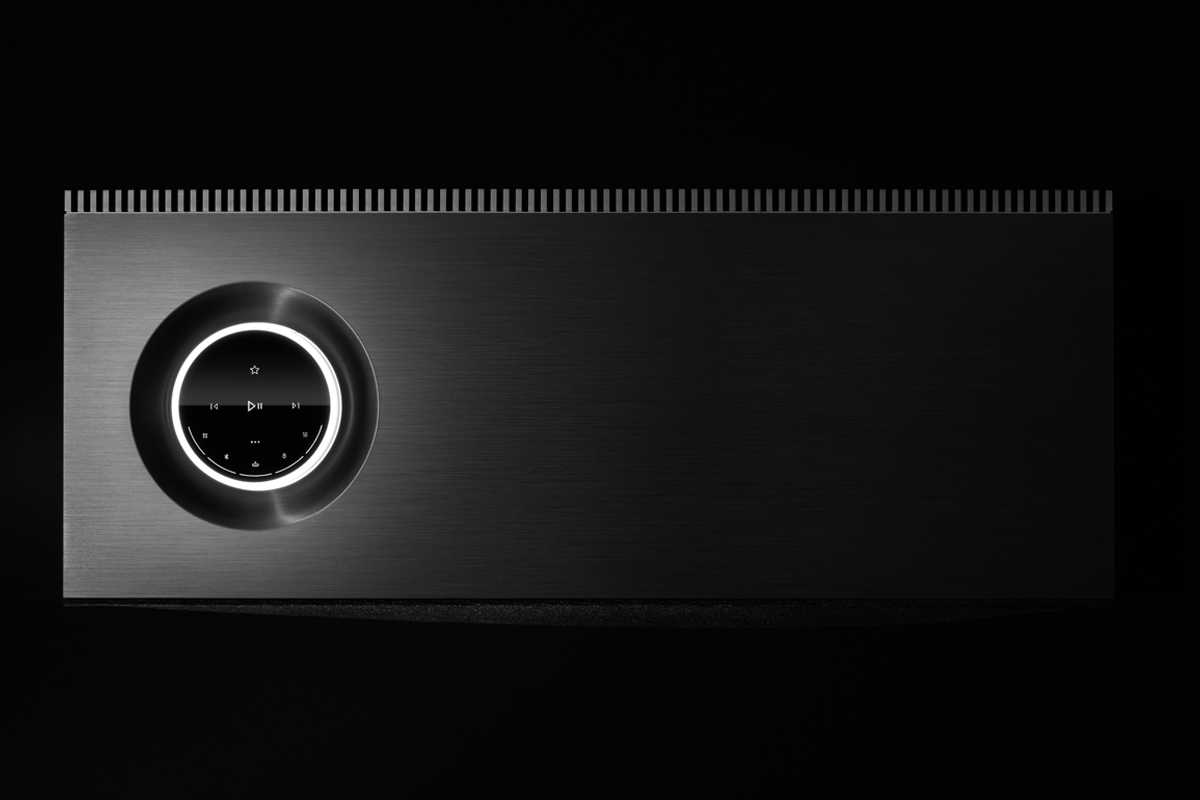
- Written by: Gordon Brockhouse
 Five years ago, if someone had asked me if there was a market for a tabletop all-in-one music system that cost $1499 (all prices USD), I’d have replied, “You’re kidding, right?” For that kind of dough, you could get a nice integrated amp and speakers, or a really good set of powered speakers. I had nothing against all-in-one music systems -- not then, not now. But for serious listening, I want the immersive experience you get from a stereo pair of speakers spaced several feet apart.
Five years ago, if someone had asked me if there was a market for a tabletop all-in-one music system that cost $1499 (all prices USD), I’d have replied, “You’re kidding, right?” For that kind of dough, you could get a nice integrated amp and speakers, or a really good set of powered speakers. I had nothing against all-in-one music systems -- not then, not now. But for serious listening, I want the immersive experience you get from a stereo pair of speakers spaced several feet apart.
Read more: Naim Audio Mu-so 2nd Generation Wireless Music System
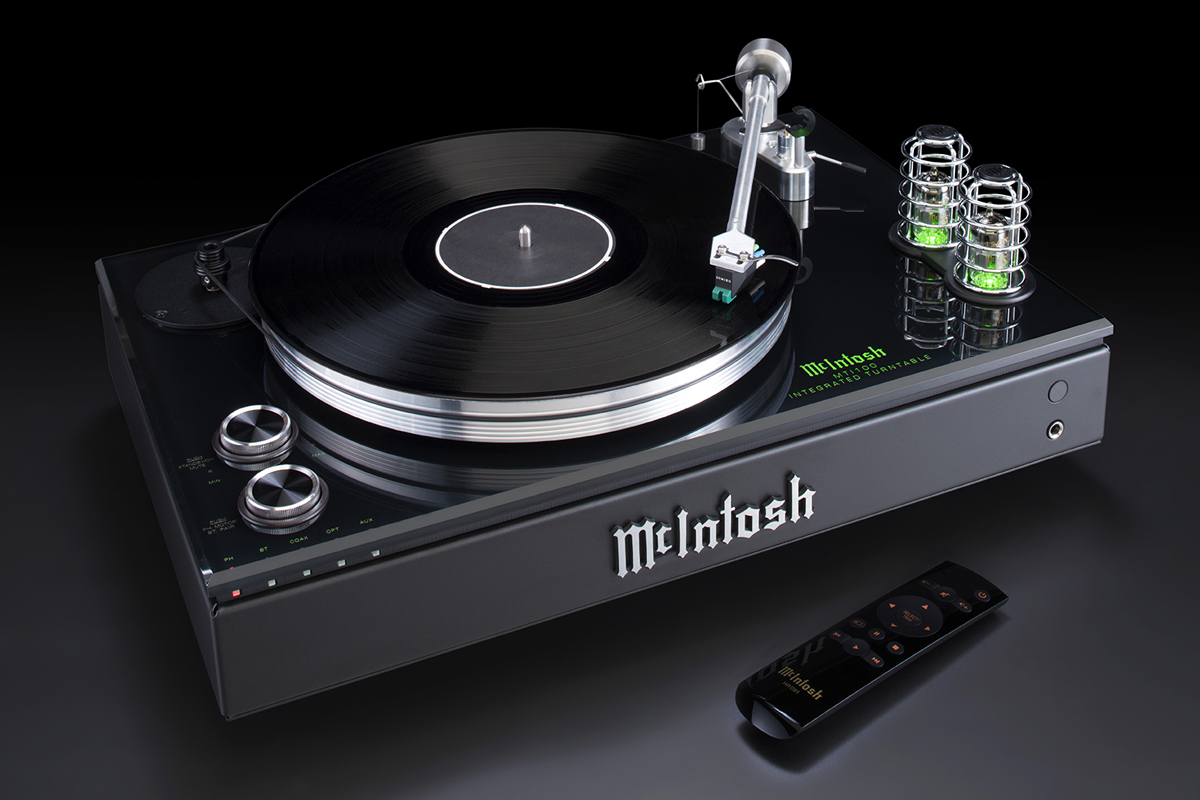
- Written by: Gordon Brockhouse
When most people think of audio components from McIntosh Laboratory, they think of serious high-end separates: preamps and big, powerful amplifiers. But there’s another side to this iconic brand, which this year celebrates its 70th anniversary. McIntosh now offers several lifestyle audio products, including integrated music systems, streamers, headphone amplifiers, and the subject of this review: what they call an integrated turntable.
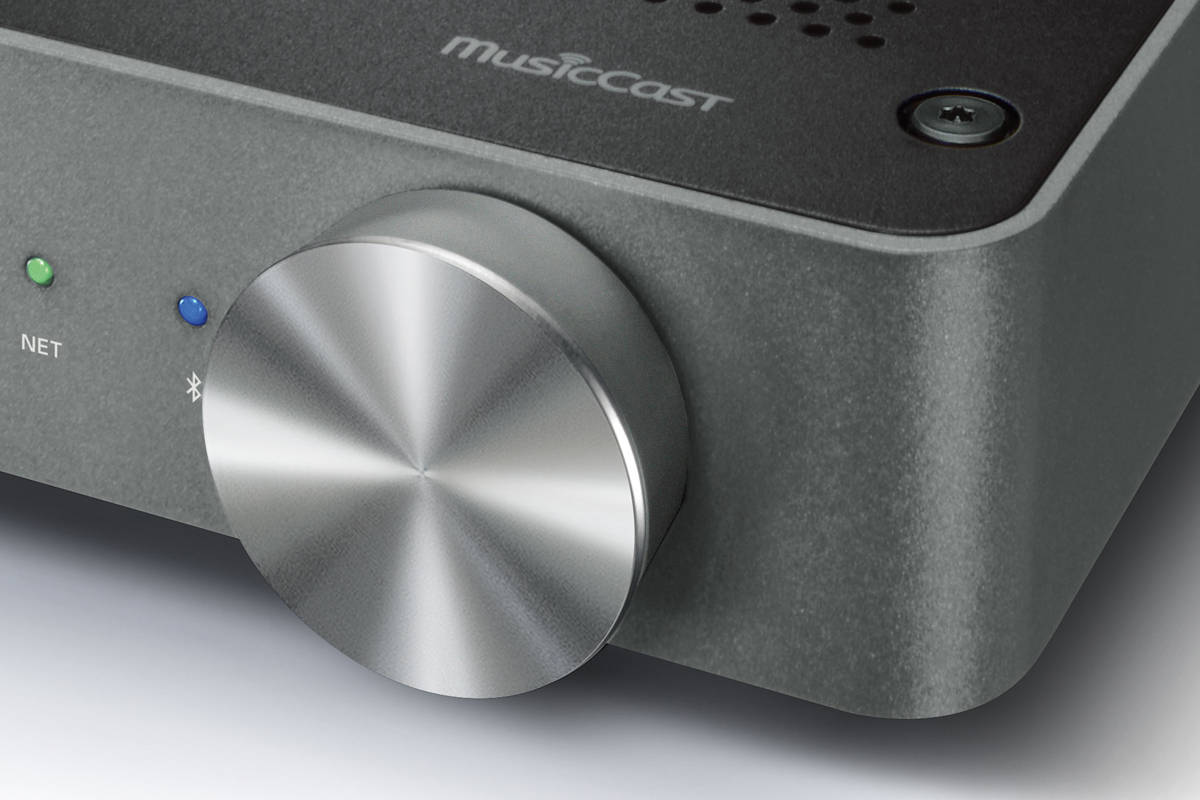
- Written by: Gordon Brockhouse
For people who want to enjoy their music in real-world living spaces, two of the most welcome developments of recent years have been the integration of streaming capability into integrated amplifiers, and the downsizing of these components. With a streaming amplifier and good pair of speakers, you have everything you need to enjoy a vast range of music, in sound quality far beyond that of most all-in-one tabletop speakers. And you can do this without breaking the bank, or cluttering up your living area with audio gear.
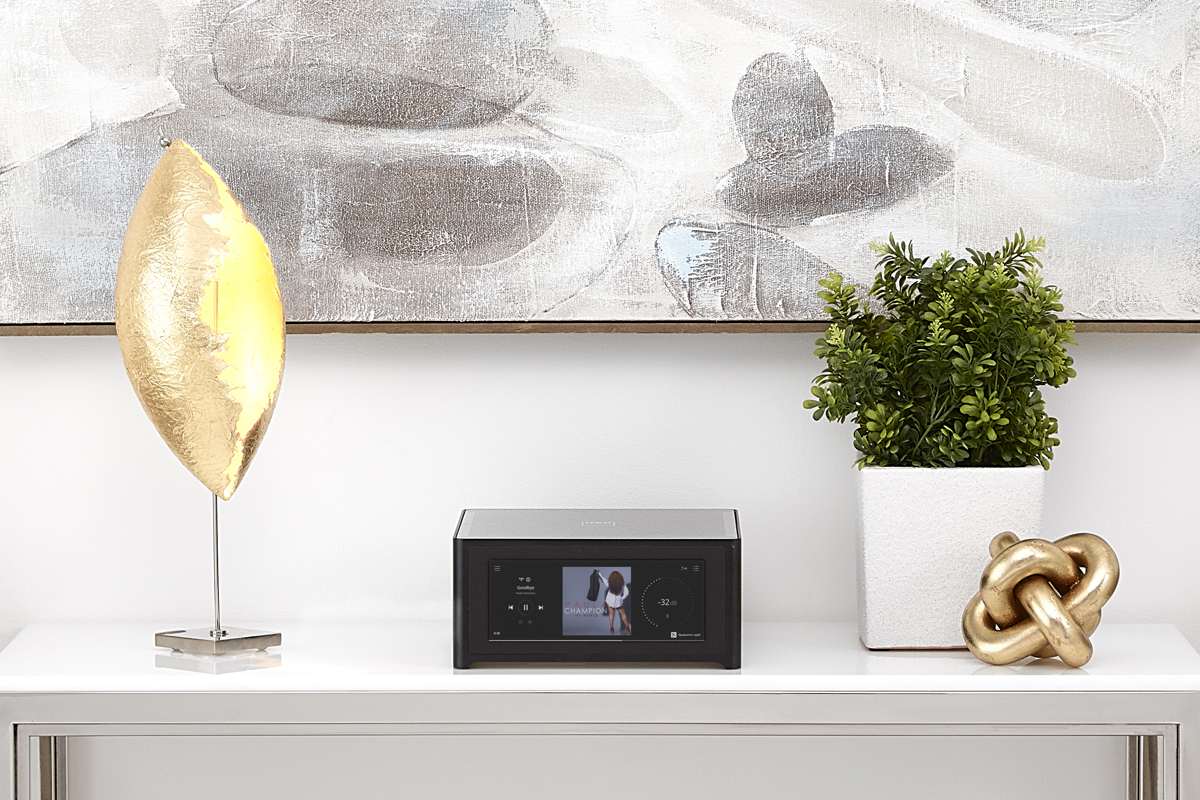
- Written by: Gordon Brockhouse
 In the Toronto home I share with my infinitely better half, the hi-fi lives in the living room. Of course, I want it to sound great -- and it does -- but it also has to look as if it belongs. We’ve put a lot of effort into the design and décor of our home: If the hi-fi is to occupy a public space, it must be suitable for civilized company.
In the Toronto home I share with my infinitely better half, the hi-fi lives in the living room. Of course, I want it to sound great -- and it does -- but it also has to look as if it belongs. We’ve put a lot of effort into the design and décor of our home: If the hi-fi is to occupy a public space, it must be suitable for civilized company.
Read more: NAD Masters M10 BluOS Streaming Integrated Amplifier
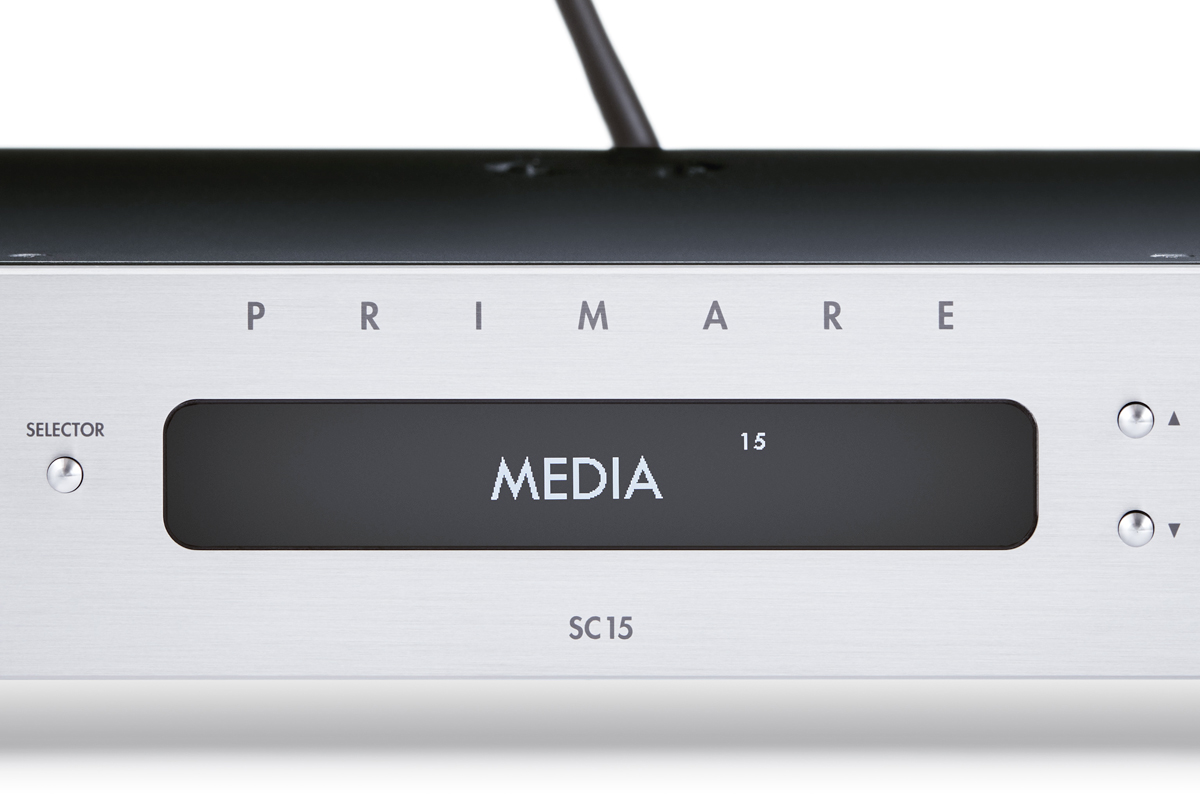
- Written by: Gordon Brockhouse
One thing that differentiates enthusiast audio from other areas of consumer electronics is the amazing proliferation of brands. Most CE categories are dominated by a few big names -- think TVs (LG, Samsung, Sony, TCL, Vizio), or smartphones (Apple, Huawei, Samsung again). But audiophiles shopping for speakers, amplifiers, source components, or cables can choose from among literally hundreds of brands.
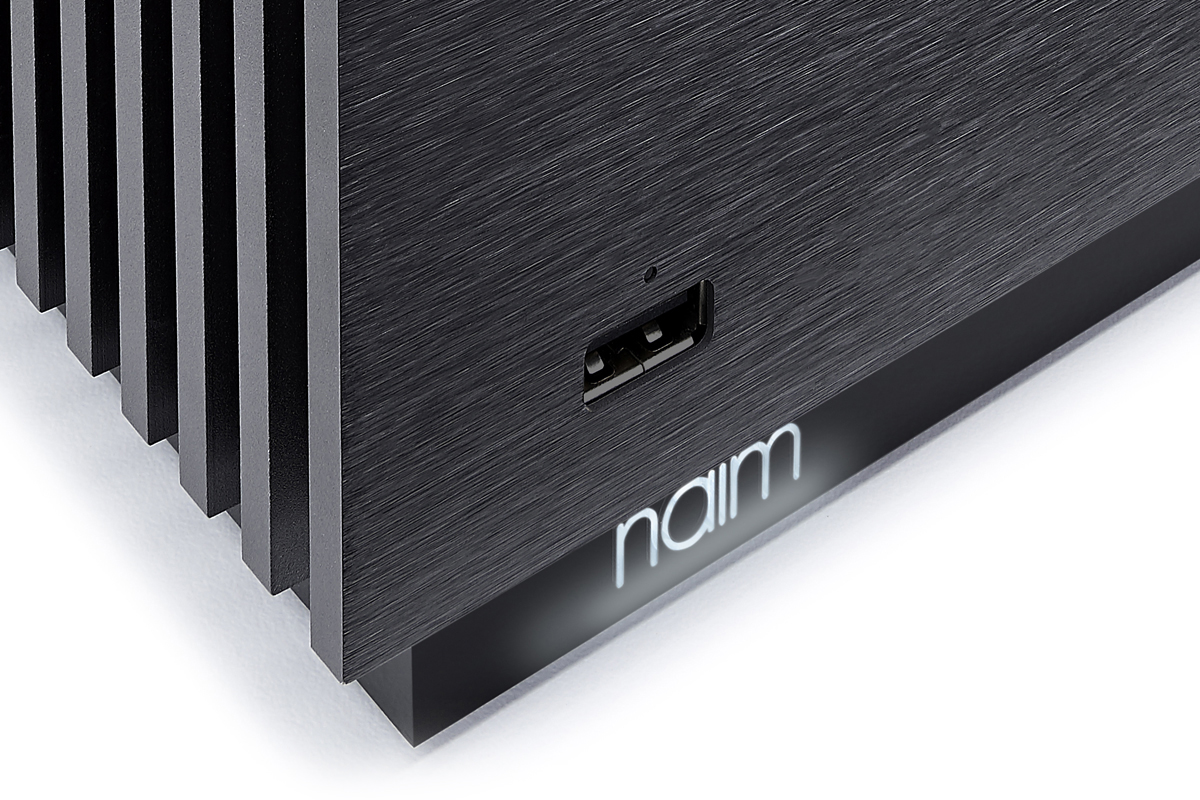
- Written by: Gordon Brockhouse
Is the Compact Disc on its deathbed? Not yet, but there’s cause for concern. According to the 2019 Global Music Report from the International Federation of the Phonographic Industry (IFPI), worldwide sales of physical media declined 10.1% in 2018. Vinyl sales grew 6%, and now account for 3.6% of worldwide music-industry revenues. So based on a little back-of-the-envelope math, it looks like global CD sales declined by around 12% last year.
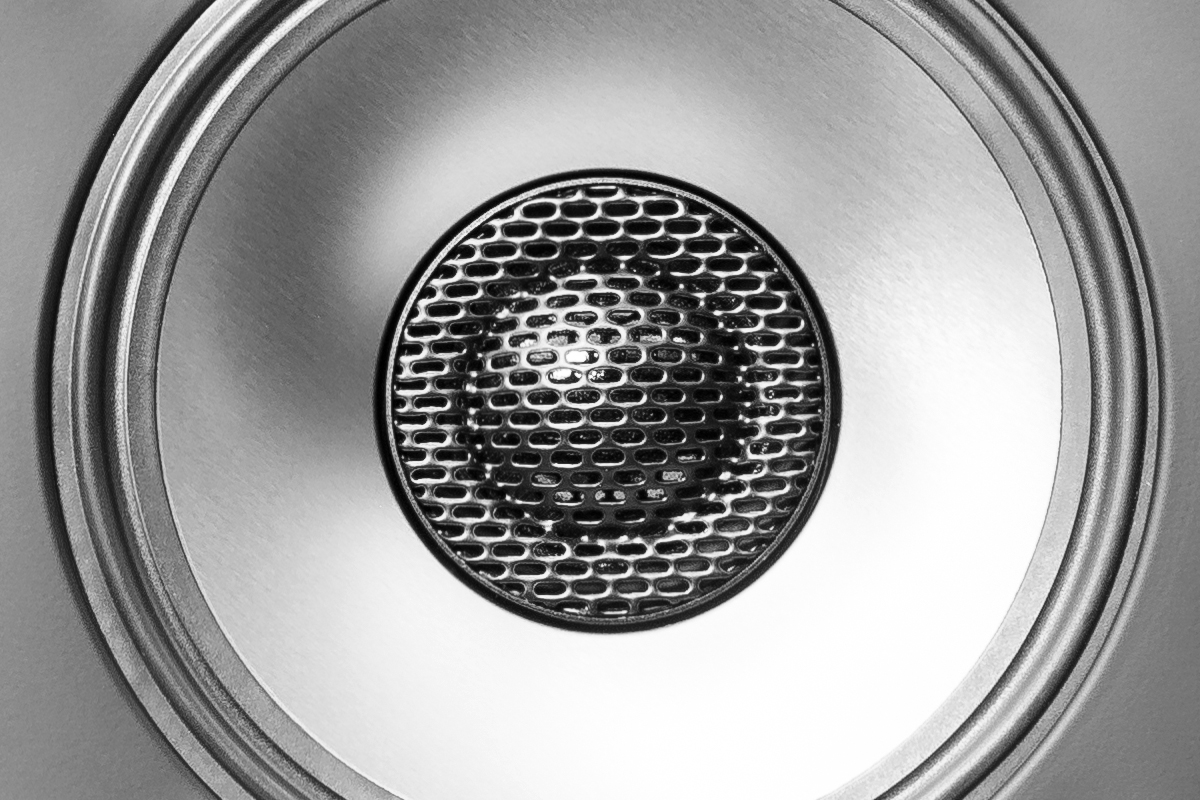
- Written by: Gordon Brockhouse
 The German hi-fi brand Elac dates back to the 1920s, but has lately undergone a renaissance. Following a business reorganization in 2014, Elac established an American subsidiary charged with developing affordable, high-performance loudspeakers. That task was assigned to Andrew Jones, who in 2015 joined Elac as vice-president of engineering, following gigs at KEF, Infinity, TAD, and Pioneer.
The German hi-fi brand Elac dates back to the 1920s, but has lately undergone a renaissance. Following a business reorganization in 2014, Elac established an American subsidiary charged with developing affordable, high-performance loudspeakers. That task was assigned to Andrew Jones, who in 2015 joined Elac as vice-president of engineering, following gigs at KEF, Infinity, TAD, and Pioneer.
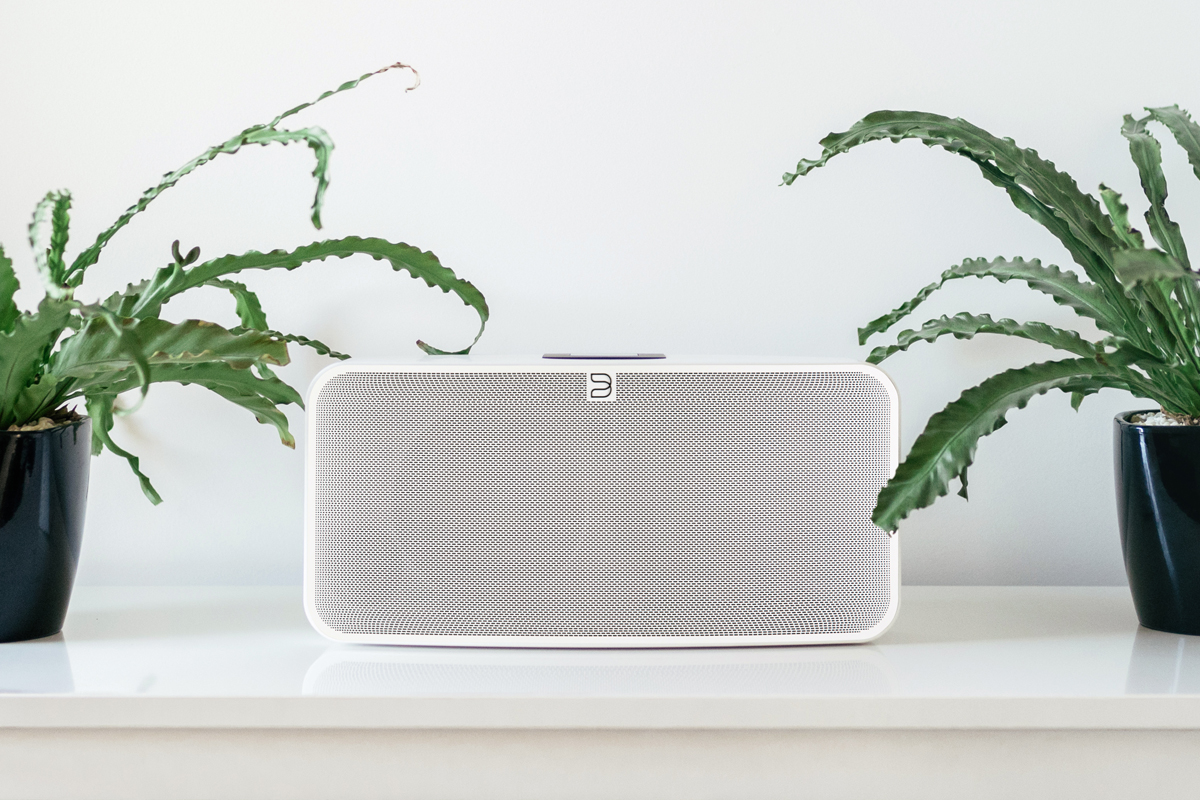
- Written by: Gordon Brockhouse
Last October, Lenbrook International announced a comprehensive upgrade of its Bluesound lineup of whole-house audio products. Bluesound’s 2i series offers such new features as Apple AirPlay 2 support, improved Bluetooth capability, Amazon Alexa voice control, and updated Wi-Fi connectivity.
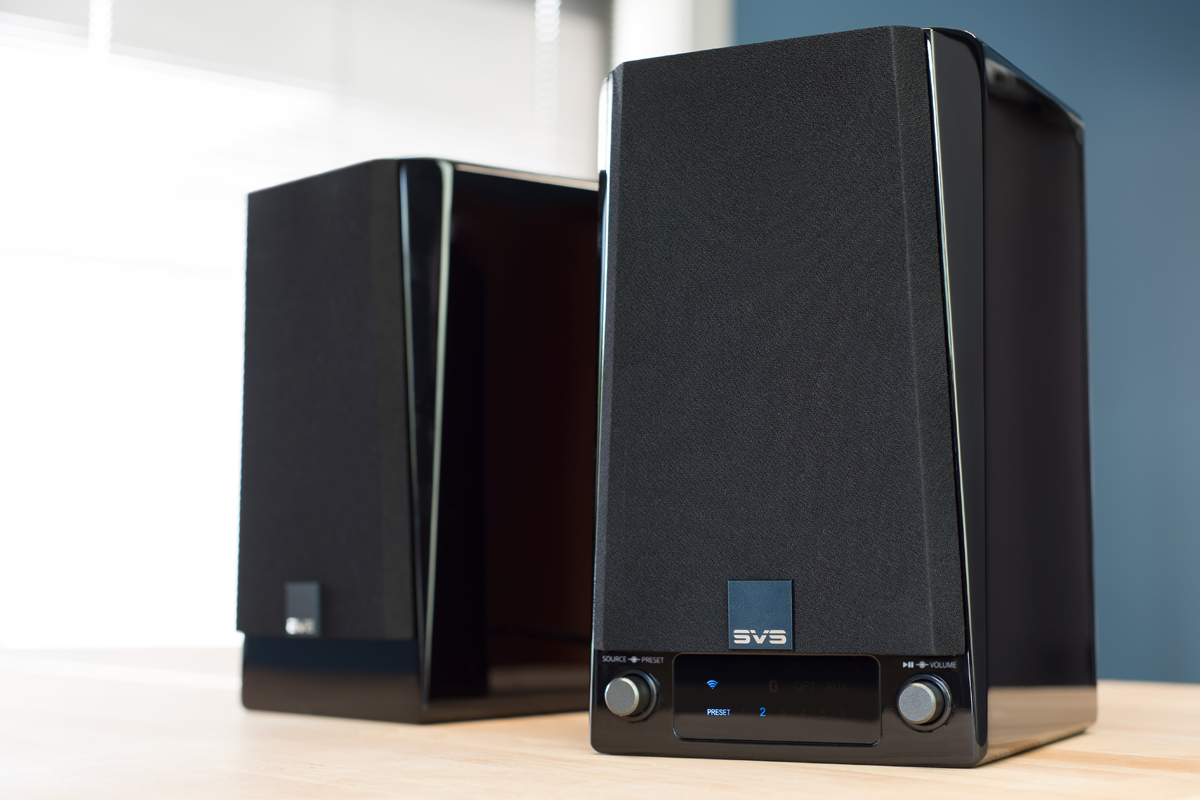
- Written by: Gordon Brockhouse
Over the past several years, Ohio-based SVS has earned a reputation for making affordable, high-performance loudspeakers and subwoofers. Its subs, of course, are active, but until recently, all of its full-range speakers were passive designs. Last year, SVS introduced the fully active, two-way Prime Wireless speakers ($599.99/pair; all prices USD).
- Totem Acoustic Kin Play Powered Speakers
- KEF LSX Active Loudspeakers
- Bluesound Vault 2i CD Ripper-Server-Streamer
- Pro-Ject Audio Systems Stream Box S2 Ultra Music Streamer
- Kii Audio Three DSP-Controlled Active Loudspeakers
- Aurender S5W Battery-Powered Wireless Active Loudspeakers
- Cambridge Audio Yoyo (L) Wireless Speaker
- DALI Callisto 2 C Active Speaker System
- Kanto SYD Bluetooth Speaker
- LG G7 ThinQ Smartphone
- Pro-Ject Audio Systems Juke Box E Turntable-Integrated Amplifier
- NAD D 3020 V2 Bluetooth Integrated Amplifier-DAC
- Polk Assist Wi-Fi Smart Speaker
- MartinLogan Unison Wireless Preamplifier
- Dynaudio Music 7 Wi-Fi Speaker
- Musical Fidelity M6 Encore 225 Music System
- Cocktail Audio X35 Music System
- Peachtree Audio decco125 Sky Integrated Amplifier-DAC
- Technics Ottava f SC-C70 Music System
- JBL Link 500 Wi-Fi Speaker
- Trinnov Amethyst DAC-Preamplifier-Processor
- Control4 Triad One Streaming Amplifier
- Elac Discovery Z3 Wi-Fi Speaker
- Klipsch Heritage Wireless Three Wi-Fi Speaker
- Paradigm PW 300 Wi-Fi Loudspeakers
- Thiel Audio Aurora Home Wi-Fi Speaker
- Hegel Music Systems H190 DAC-Integrated Amplifier
- Yamaha R-N803 Network Stereo Receiver
- Onkyo TX-8270 Network Stereo Receiver
- Dynaudio Focus 20 XD Active Loudspeakers
- Riva Audio Festival Wi-Fi Speaker
- Naim Audio Uniti Atom Wireless Streaming DAC-Integrated Amplifier
- NAD Masters Series M50.2 Digital Music Player
- Bryston BryFi BW-1 Wi-Fi Speaker
- Arcam rPlay Music Streamer
- Auralic Polaris Wireless Streaming DAC-Integrated Amplifier
- Simaudio Moon Neo ACE DAC-Streamer-Integrated Amplifier
- NAD C 368 DAC-Integrated Amplifier
- Lumin M1 Integrated Amplifier-Network Music Player
- Arcam Solo Music DAC-Integrated Amplifier-Universal Player
- McIntosh Laboratory RS100 Wi-Fi Loudspeakers
- Hegel Music Systems Röst Integrated Amplifier
- Naim Audio Mu-so Qb Wi-Fi Speaker
- Bang & Olufsen BeoSound 2 Wi-Fi Speaker
SoundStage! Simplifi is part of
All contents available on this website are copyrighted by SoundStage!® and Schneider Publishing Inc., unless otherwise noted. All rights reserved.
This site was designed by RocketTheme, Karen Fanas, and The SoundStage! Network.
To contact us, please e-mail info@soundstagenetwork.com





